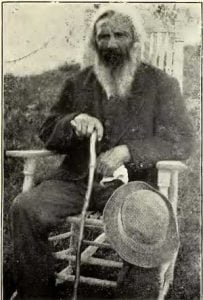The Migration of Voyageurs from Drummond Island to Penetanguishene in 1828
The story of the transfer of the British garrison from Drummond Island to Penetanguishene in 1828 and the migration of voyageurs connected with the post has never been told in print. In the following notes Mr. Osborne has endeavored to gather this story from the lips of the few survivors who migrated at that time. Descendants of French-Canadians largely predominated in this movement, but we also get glimpses of what a strange and heterogeneous people once gathered around Mackinaw and Drummond Island, especially about the time of the coalition of the two fur companies in 1821. The migrant voyageurs settled principally near Penetanguishene, in the township of Tiny, Simcoe County. Offshoots of the band settled at Old Fort Ste. Marie, at Fesserton and Coldwater, and another south of Lake Simcoe, near Pefferlaw, York County. These notes will form a useful supplement to Joseph Taase’s “Les Canadiens de l’Ouest.”



